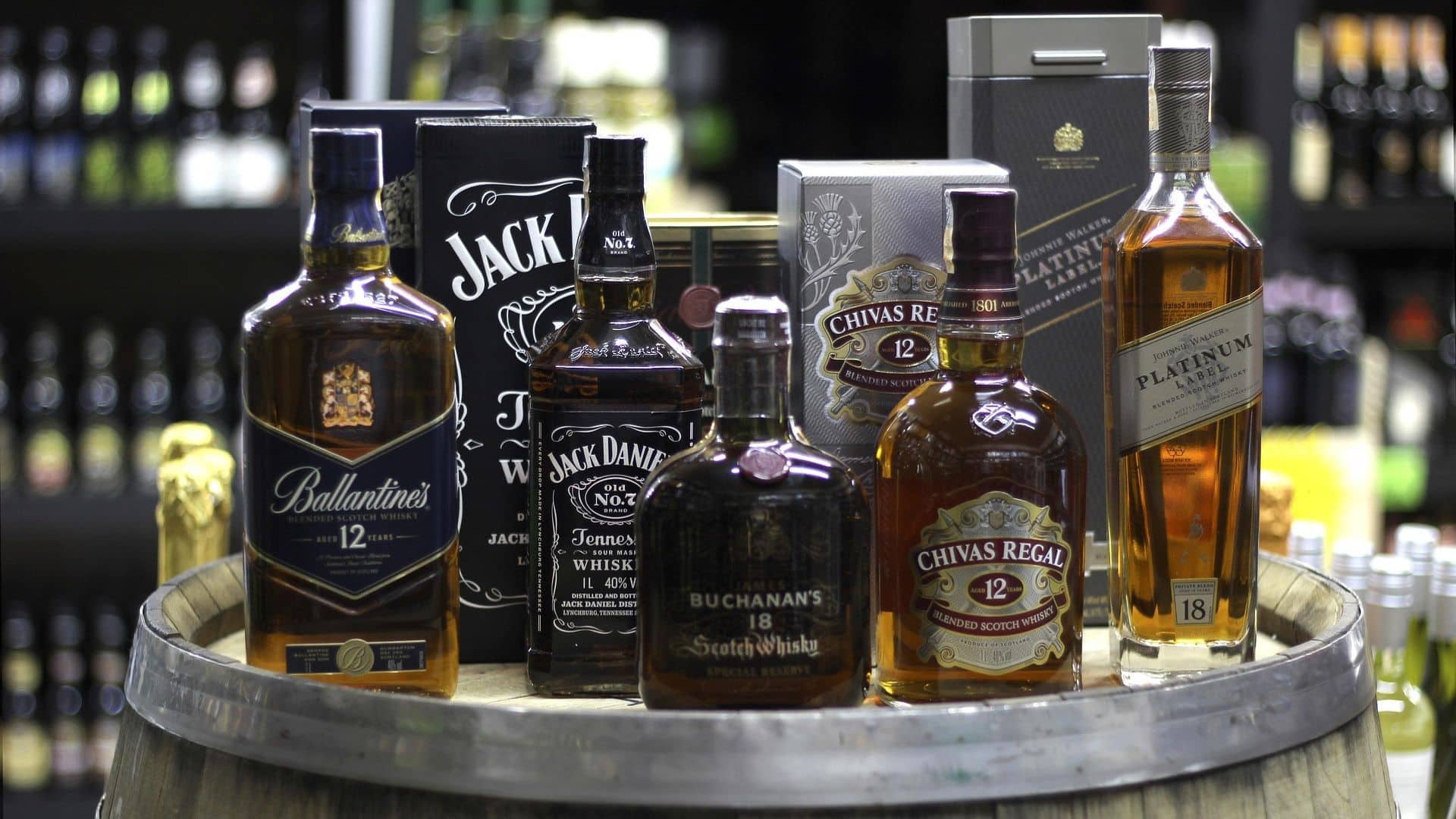
The American whiskey industry is facing a crisis after years of rapid growth. Production has slowed dramatically, demand is falling, and even global giants are taking drastic measures. The recent decision by the world’s largest liquor distributor to halt operations at two major U.S. distilleries shows just how serious the situation has become.
Production Hits Record Lows
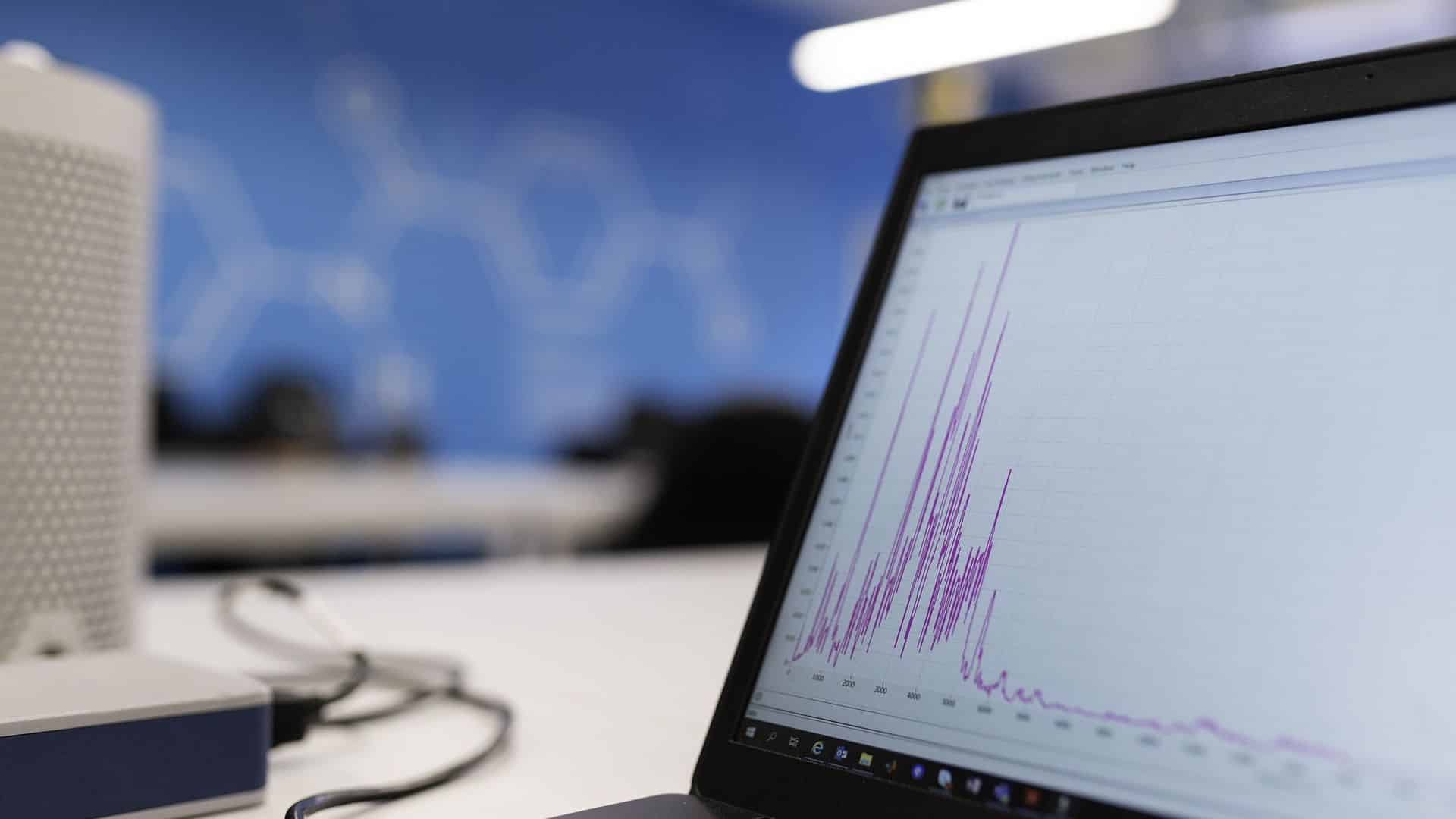
Government data shows that American whiskey production dropped nearly 30% by April 2025 compared to the year before. This is the sharpest fall in over a decade, with warehouses full of unsold stock and demand showing no signs of bouncing back.
Too Much Supply, Not Enough Demand
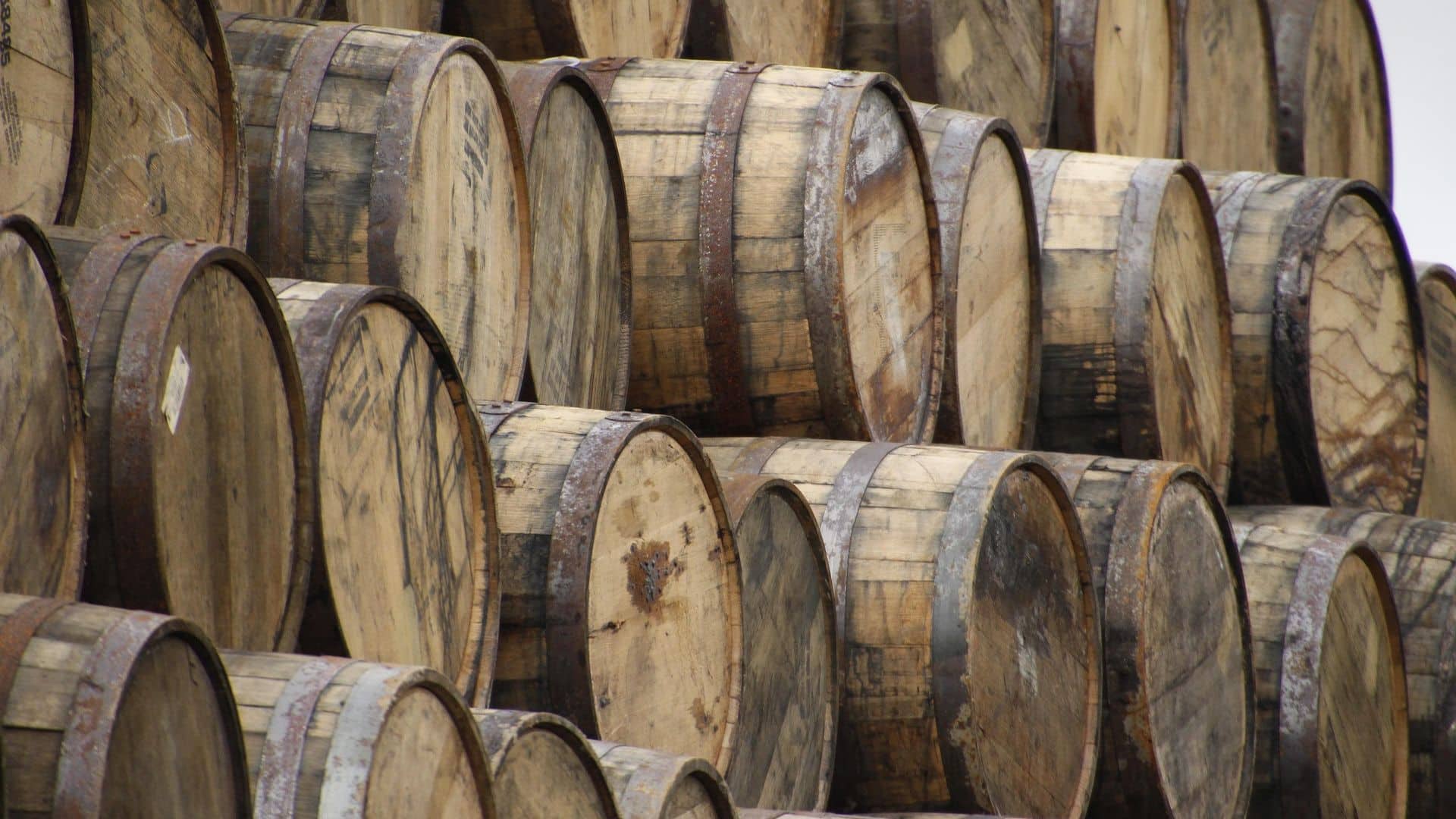
For years, distillers expanded aggressively, expecting demand to keep rising. In Kentucky alone, bourbon output grew more than fourfold since 2000. But consumption didn’t keep pace, leaving millions of barrels aging with no clear path to market.
Diageo’s Big Bet Turns Risky
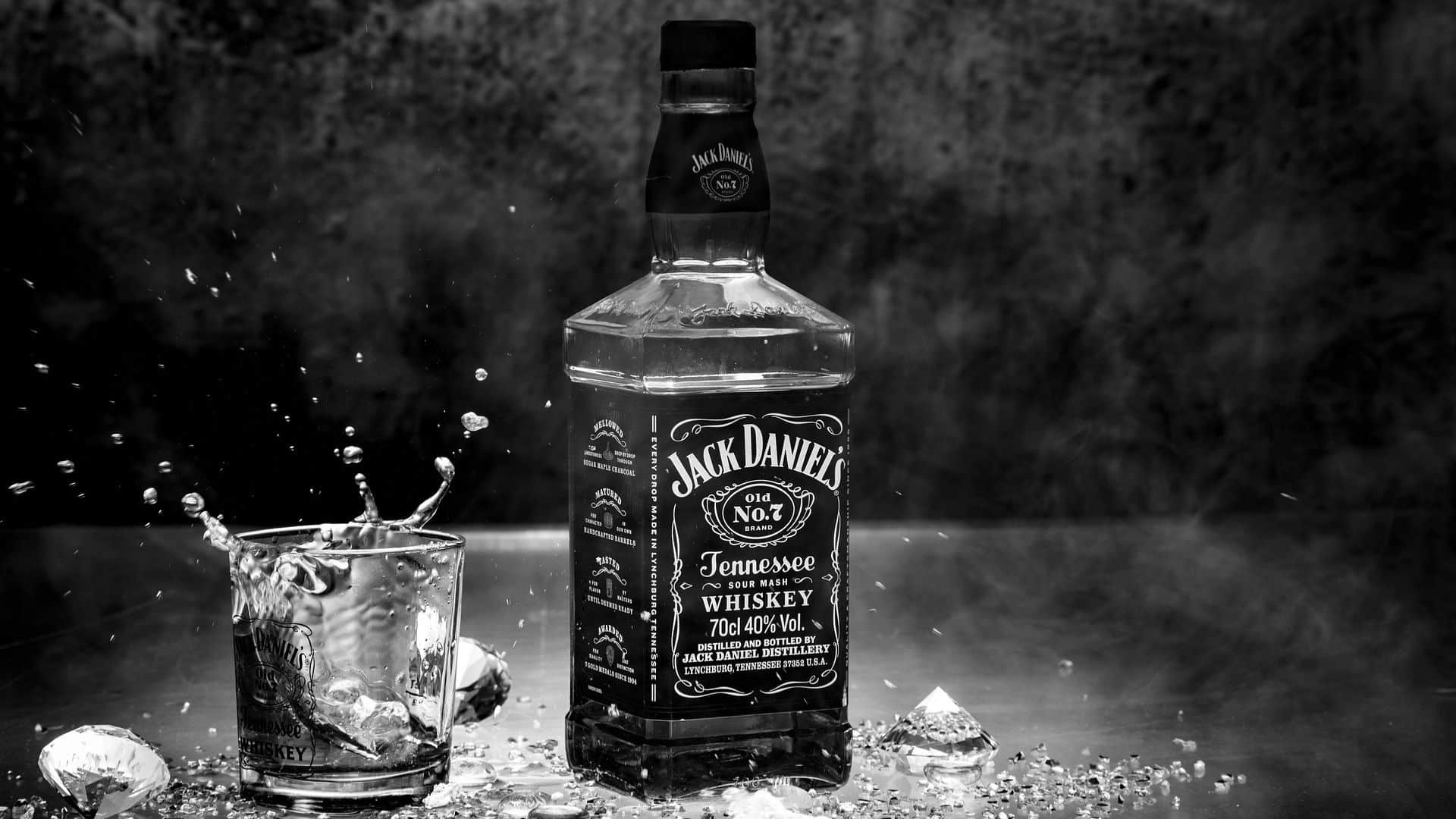
Diageo, the global owner of brands like Johnnie Walker and Guinness, spent $100 million in 2022 to acquire Texas-based Balcones Distilling. The plan was to ride the wave of American single malt. Just three years later, that expansion looks poorly timed as the market contracts.
New Rivals for Consumers’ Attention
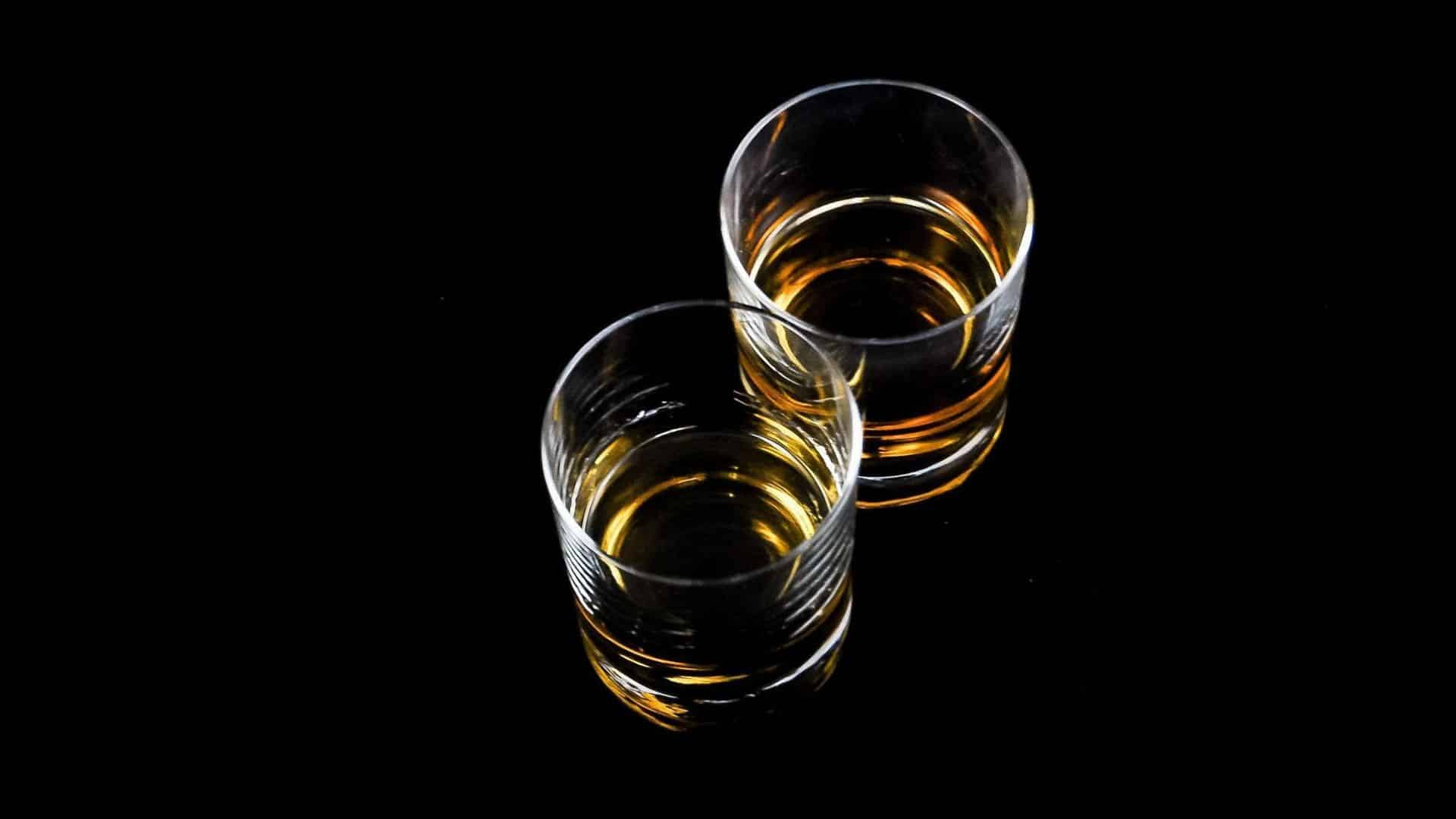
Whiskey isn’t just competing with other spirits anymore. Low- and no-alcohol drinks, tequila, ready-to-drink cocktails, and even cannabis beverages are winning over younger, health-conscious buyers. Rising tariffs and trade disputes have only made it harder to sell whiskey abroad.
A Pause in Texas and Tennessee
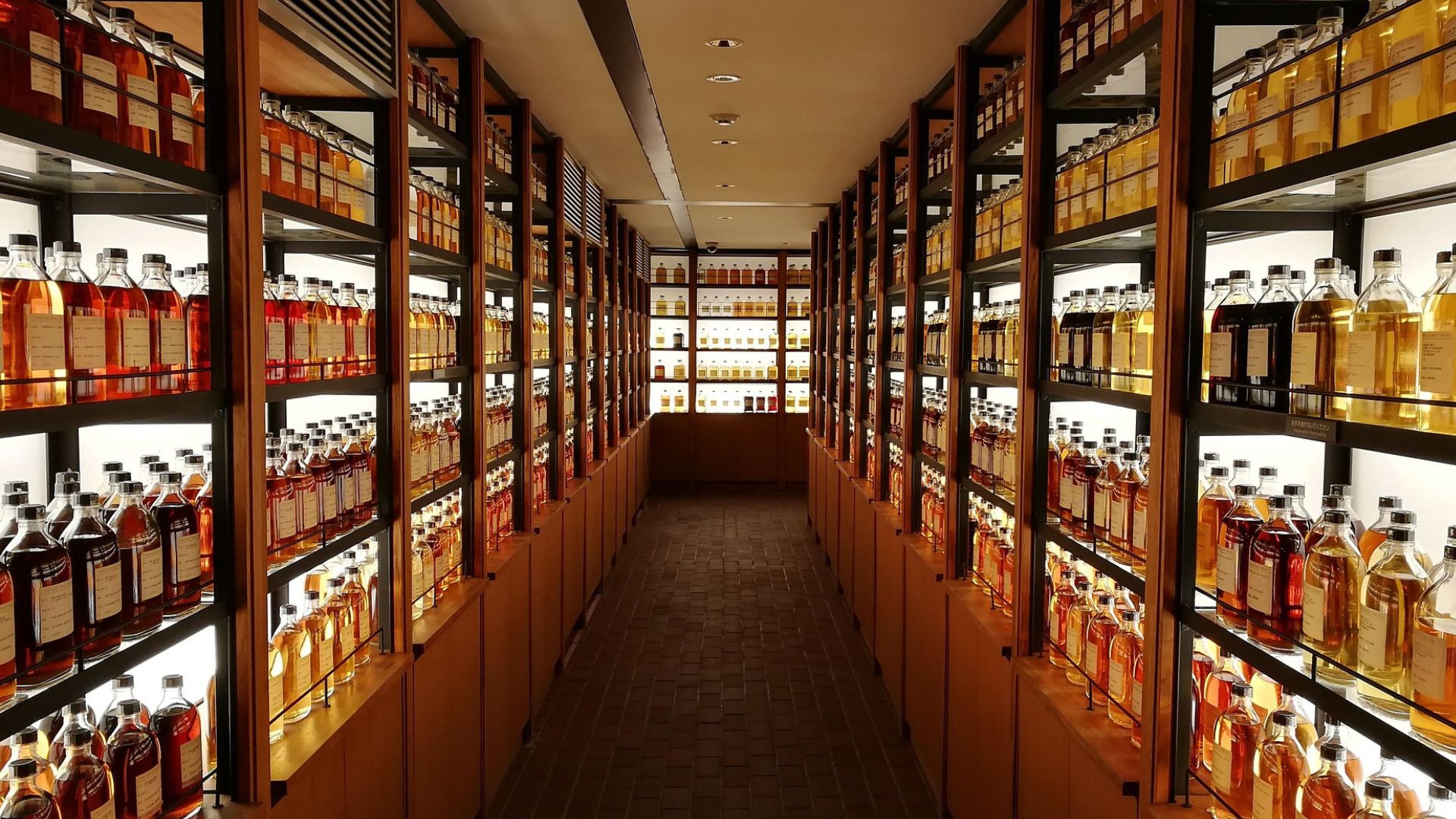
In August 2025, Diageo announced it would suspend whiskey production at Balcones in Texas and George Dickel’s Cascade Hollow distillery in Tennessee until mid-2026. The move was framed as an inventory adjustment, but it underscores the depth of the industry’s struggles.
Communities Left Behind
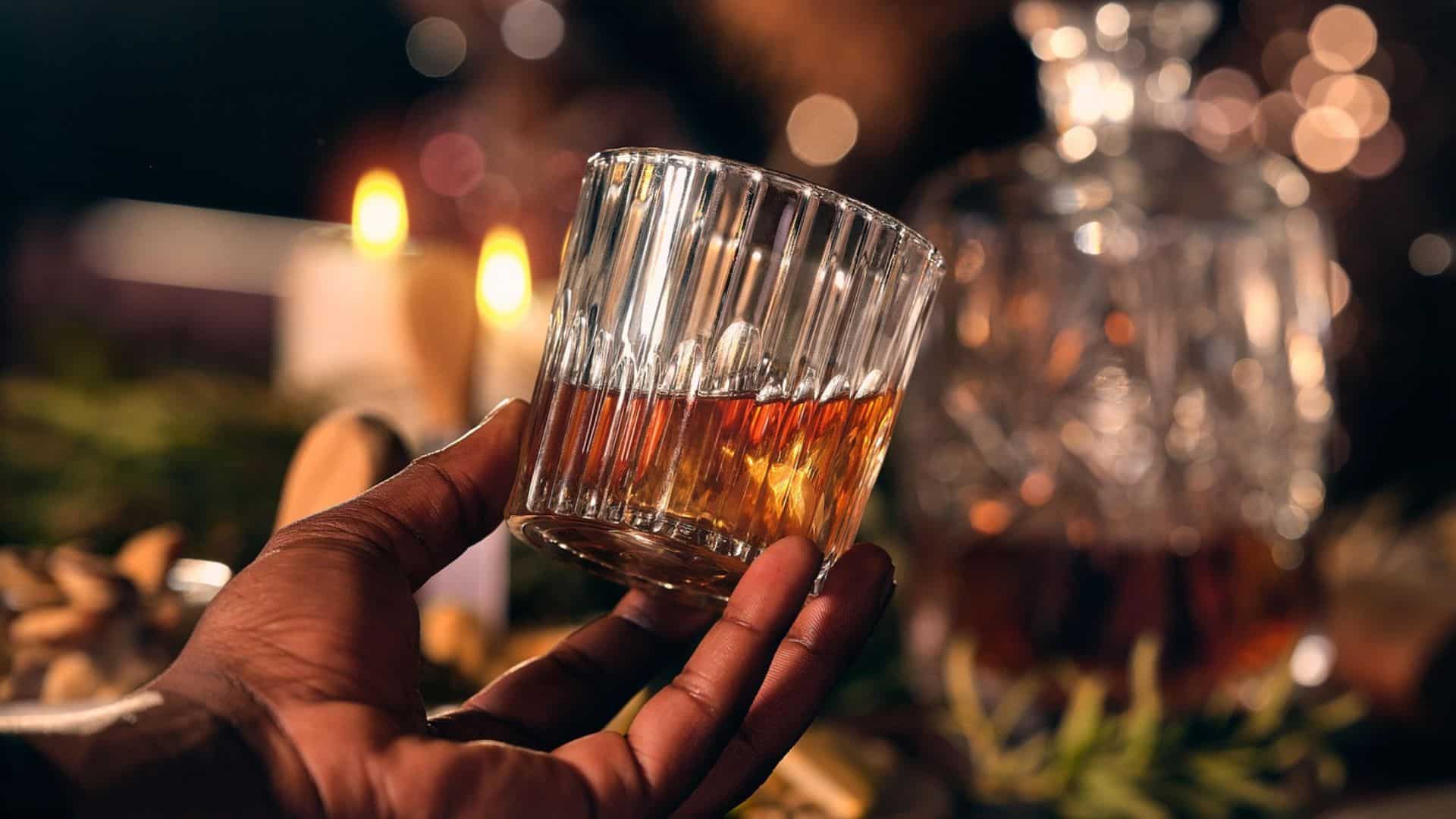
The shutdown in Waco hit especially hard. Balcones had become a centerpiece of the local economy, drawing tourists and supporting nearby businesses. With its stills turned off, the town loses not just jobs but also a cultural landmark.
Industrywide Slowdown

Other major companies are also cutting back. Brown-Forman, the maker of Jack Daniel’s, reduced its workforce by more than 600 employees earlier this year, while luxury giant LVMH cut over 1,000 jobs at its spirits division. Smaller distilleries face even greater risks of closure.
Challenges in Global Markets
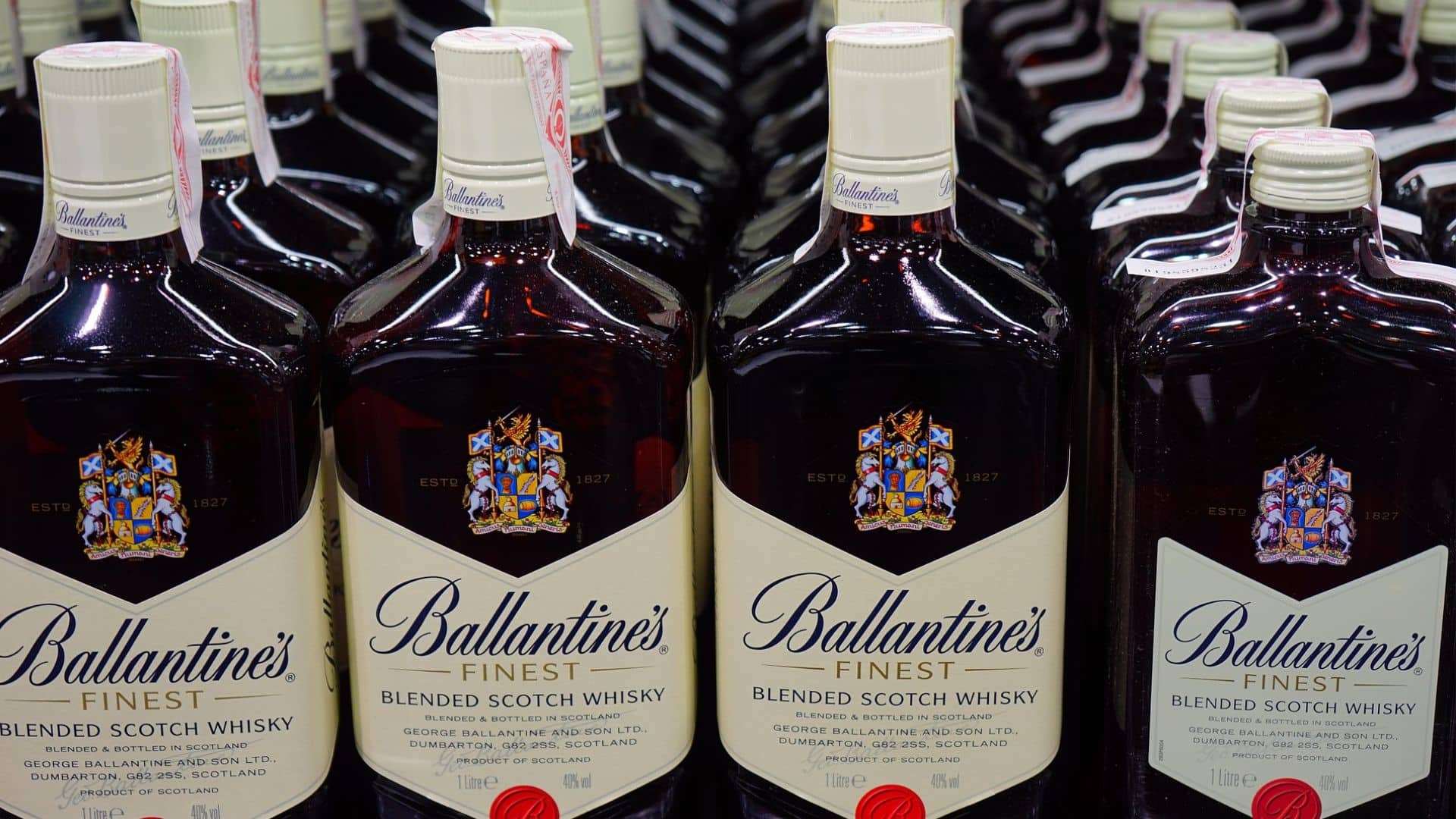
International sales, once a growth driver, are now another obstacle. China raised tariffs on U.S. whiskey imports in early 2025, and European tariffs nearly hit bourbon before being pulled back. Meanwhile, many consumers at home are trading down to cheaper or alternative drinks as inflation squeezes household budgets.
Leadership Under Pressure
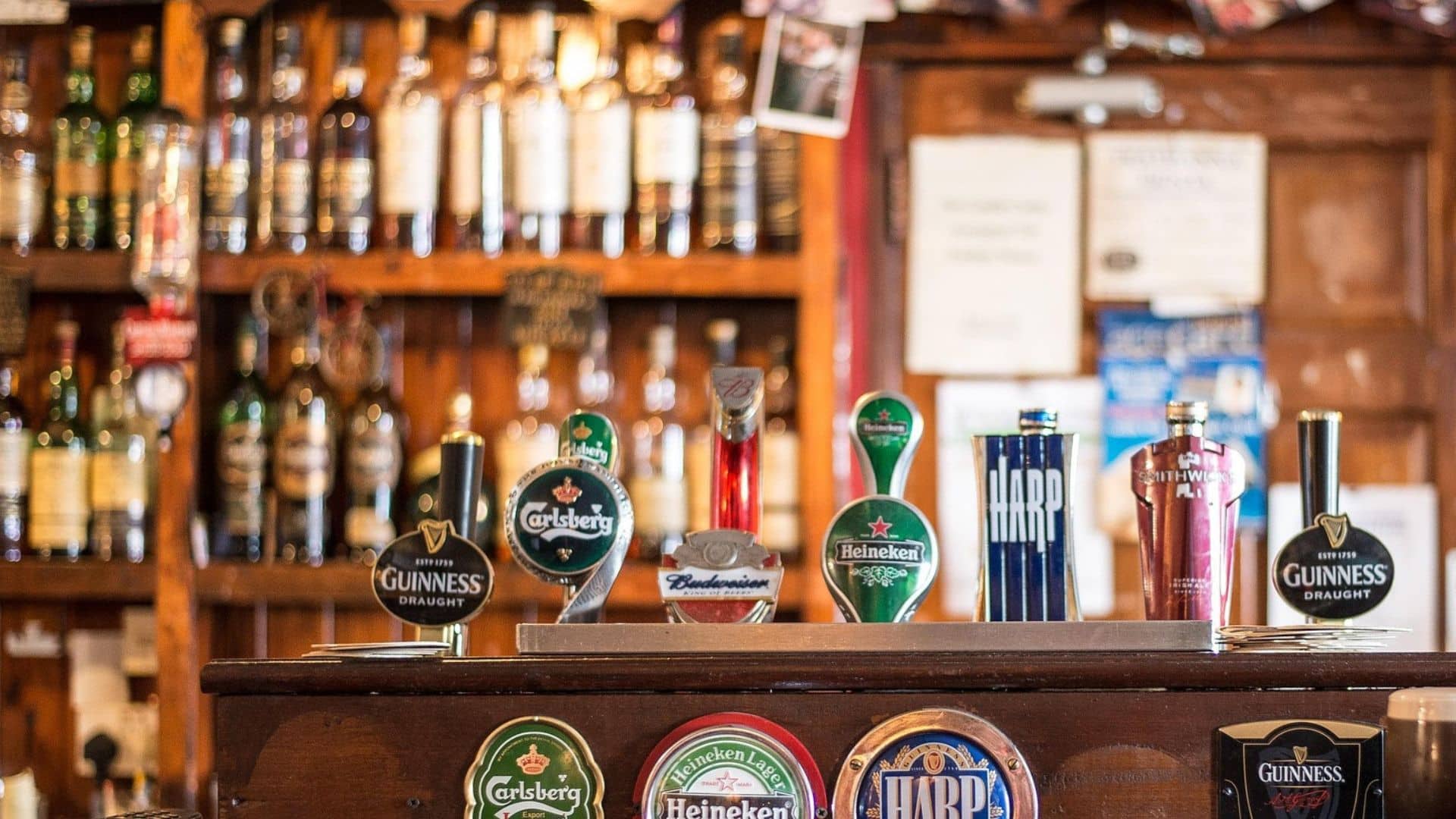
Diageo has also seen changes at the top. CEO Debra Crew stepped down in July 2025 after just two years, during which the company’s share price dropped sharply. Interim leader Nik Jhangiani is now tasked with managing costs and rebuilding investor trust while navigating the downturn.
Looking to the Future
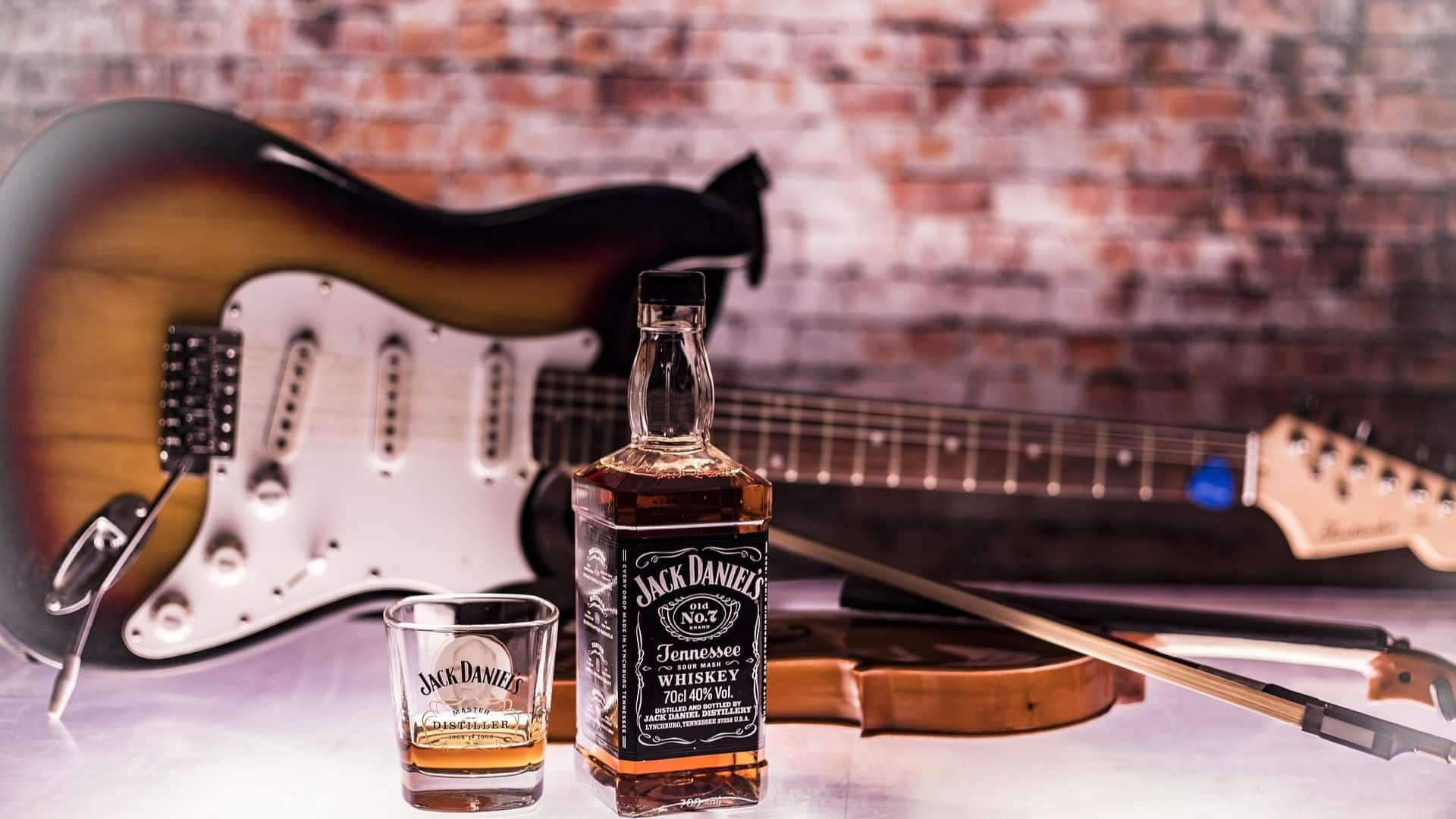
The pause in production is a sign of an industry forced to reset. To recover, distillers will need to align supply with real demand, adapt to shifting consumer preferences, and rethink how whiskey fits into today’s drinking culture. Whether this becomes a temporary setback or a lasting decline will depend on how quickly producers can adjust.
